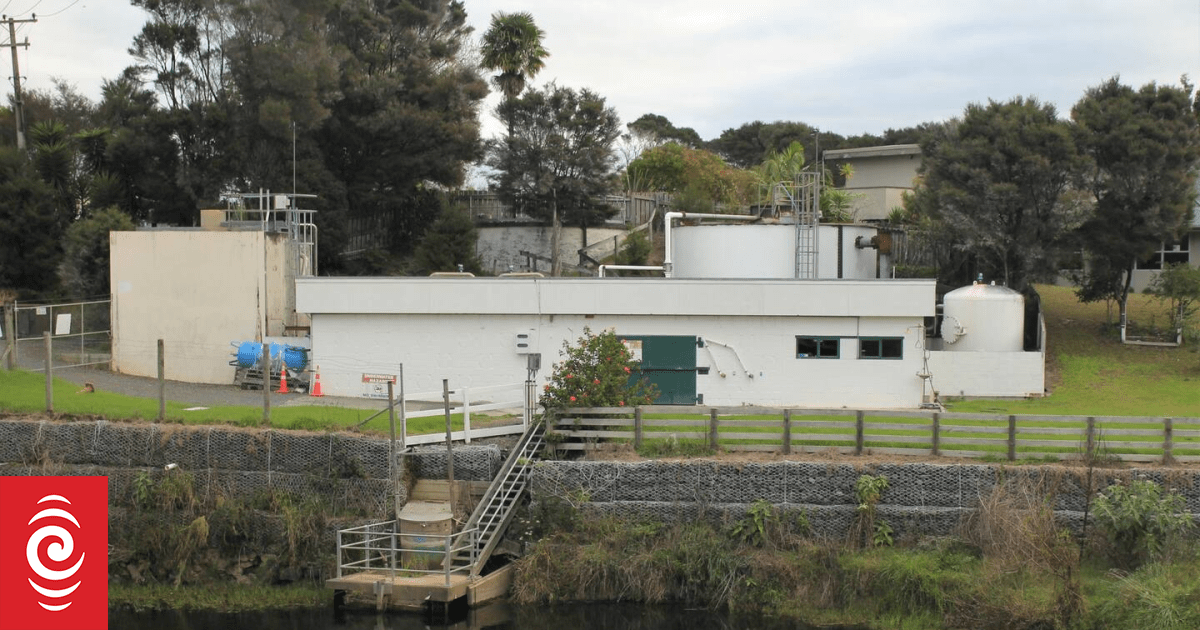Northland ratepayers will fork out more than $300 million in rates across the region this financial year. Photo / Michael Cunningham
Northland ratepayers will be forking out more than $300 million in council rates across the region’s 100,000 properties for the 2023/24 financial year – up $23.5m on the previous year.
The rates increase to $327,062,293 (GST exclusive) – from $303,538,000 in 2022/23 – comes as the operational cost of running Northland’s four councils goes up to more than half a billion dollars for this financial year.
Rates form councils’ major annual income. Other sources include government subsidies, earnings from assets and investments and borrowing to buy and maintain or improve local government assets.
Advertisement
Whangārei ratepayers will fork out $128.4m in rates for the 2023/24 financial year (up from $118.1m), the Far North District Council will collect $104.5m (up from $97.8m) while Kaipara ratepayers will pay $46.8m- an increase from $44.8m.
These ratepayers will all also pay their share of the Northland Regional Council’s $47,280,293 region-wide 2023/2024 rates take, up from last year’s $42.795m.
NRC chairwoman Tui Shortland said her council’s 10.48 per cent rates increase averaged $45.95 annually, or less than a dollar a week. The rates increase would go towards areas including building Te Tiriti capability, two new Māori relationships staff, increased non-elected member payment to attract and retain hapū and iwi expertise, plus salary increases and a recruitment officer to attract and retain the right skills.
/cloudfront-ap-southeast-2.images.arcpublishing.com/nzme/IQ3KIMSQCBD4ZBOWORSE7QO3WI.JPG)
Photo / Tania Whyte
Northland’s overall general rates rise by an average of 7.75 per cent across the region – topped by NRC’s 10.48 per cent lift, WDC’s 7.9 per cent hike and FNDC’s 6.78 per cent increase.
Advertisement
KDC’s 4.96 per cent rise is one of New Zealand’s smallest – rates are climbing everywhere, among the top being South Wairarapa District Council’s 19.8 per cent hike.
Northland’s local government workforce increases to 1251: FNDC topping the bill with 48 new people to now have 391 staff; Whangārei District Council’s (WDC) 20 new staff give a new total of 408 employees; NRC has 10 new people and 284 in total while Kaipara District Council (KDC) staff numbers have stayed at 168.
The number of Northland council politicians also increased after the October local government elections, along with their salaries. Northland now has 63 elected representatives, the top-paid being Whangārei Mayor Vince Cocurullo on $163,689, followed closely by Far North Mayor Moko Tepania’s $162,879. Kaipara Mayor Craig Jepson gets $133,501 and NRC’s Tui Shortland $133,892.
FNDC has 48 per cent of the region’s elected politicians with 11 councillors and 19 community board members, WDC 14 politicians, KDC 10 and NRC nine. FNDC’s three community board leaders earn $325,000 in total annually.
Northland’s overall council capital spending on infrastructure assets drops by up to 48 per cent for the 2023/24 financial year.
/cloudfront-ap-southeast-2.images.arcpublishing.com/nzme/BJGJJ6OJO5BFJHZDBFVZ46TH5Q.JPG)
Photo / Michael Cunningham
NRC’s 2023/24 Annual Plan shows a $14,963,922 capital spending, down by almost half on last year′s $28,861,000. FNDC’s 2023/2024 capital spend of $103.4m is down by $26.6m or 20.5 per cent on the previous year. WDC’s 2023/2024 $143.1m is down by just over 2 per cent on last year’s $146.387m.
KDC’s capital spending this year of $74,280,000 has however increased, by just over $23m.
WDC has 44,157 rating units, FNDC 39,417 and KDC 16,476 on which rates are paid, in conjunction with apportioned NRC rates across these.
WDC will account for 40 per cent or $204.8m of the $508m needed to run the Northland councils this financial year. That’s up from $180.4m the year before. FNDC operating spending will be $164.8m (up from $154.4), KDC $61.4m (up from $60.3m) and NRC $76.9m (up from 67.4m).
■ Local Democracy Reporting is Public Interest Journalism funded through NZ On Air


